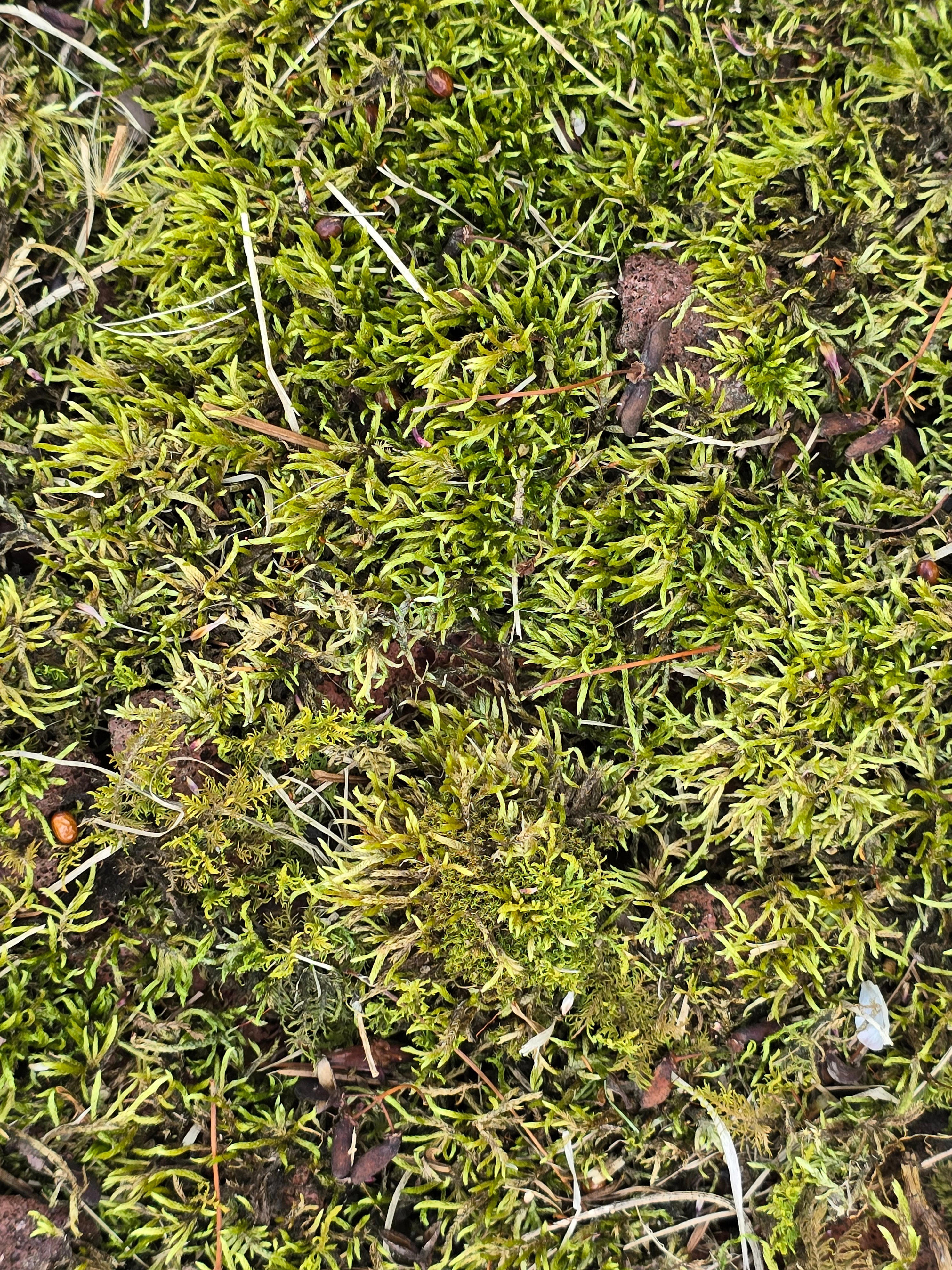A native plant with an opportunistic nature, moss tends to flourish in environments that aren’t ideal for robust grass growth. Such spots typically include moist, shady regions where moss prospers while the surrounding sod finds it difficult to thrive. To manage this issue effectively, create circumstances conducive to thick, vigorously developing turfgrasses so they can overshadow and compete against the encroaching moss.
Moss typically thrives under conditions such as nutrient-poor soils, acidic environments (with low pH levels), shading provided by trees and bushes, inadequate water drainage, or overwatering. Additionally, restricted airflow, compacted earth, and maintaining a short grass length can create an environment conducive for moss growth.
The first step to controlling moss is to test the soil at least every three years for available nutrients and pH. Soil test kits are available at your county extension office for a fee. The soil test results will indicate the amount of lime or fertilizer needed to improve soil conditions and to adjust the pH for optimum turf growth.
Trim trees and bushes or take out whole trees to let in additional sunshine and boost airflow around the space. Address uneven ground by adding topsoil to fill depressions and fix inadequate water flow. Reseed using a grass mix designed particularly for shady spots or wet conditions.
To enhance the environment for grass growth and discourage moss development, start by adjusting the conditions accordingly. Then use a steel rake to clear out all the moss and prepare the exposed soil for new seeds. You can also opt for commercial treatments containing iron sulfate or potassium salts of fatty acids; these substances function both as herbicides against moss and desiccants causing it to turn brown or tan until dead. After ensuring that the moss is completely killed off, go over the area again with your rake before sowing fresh seed.
This procedure requires multiple applications rather than just once to effectively address the issue. Make sure to adhere strictly to all label instructions to avoid damaging the desired grass turf.
When circumstances cannot be changed, opt for shade-tolerant flora rather than grass. Such vegetation can offer coverage over the soil, prevent erosion, and enhance the visual appeal of your surroundings. After settling into their environment, these plants might demand lesser upkeep compared to lawn grasses. Additionally, moss presents itself as another appealing option due to its minimal care requirements; thus, you may want to allow it to flourish naturally.

Dealing with moss in your lawn presents both difficulties and possibilities. Gaining insight into what encourages moss proliferation and adopting methods to foster robust grass growth allows property owners to tackle this intruder efficiently. Where conventional grass has trouble thriving, think about using less demanding options such as moss or shade-adapted flora for environmentally friendly and attractive landscaping choices.
Should you have queries regarding moss or require details on assessing your soil, reach out to the Master Gardener Hotline at
beavermg@psu.edu
.
Mary V. Clark serves as a Penn State Master Gardener in Beaver County.
The article initially appeared on the Beaver County Times.
Beyond the Garden Fence: Taking Care of Moss in Lawns


